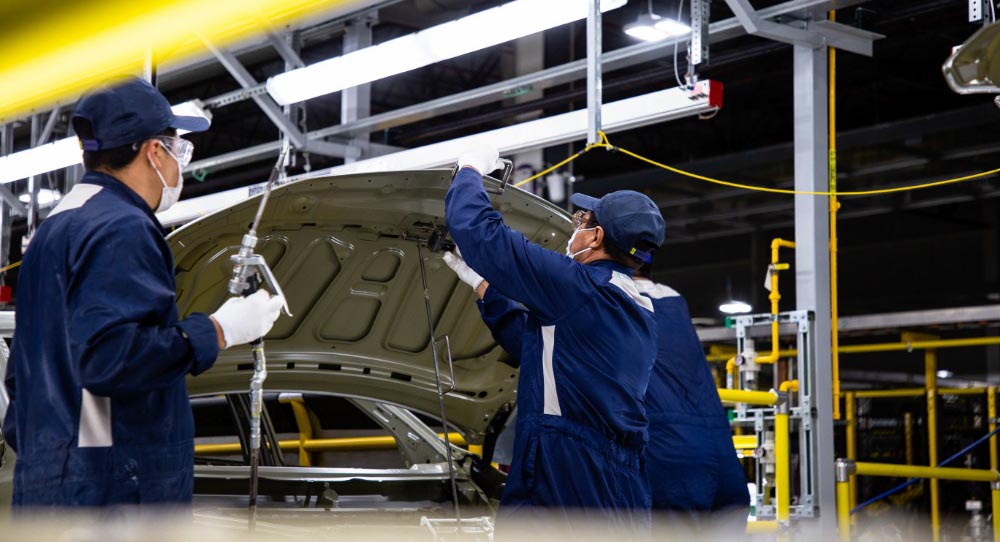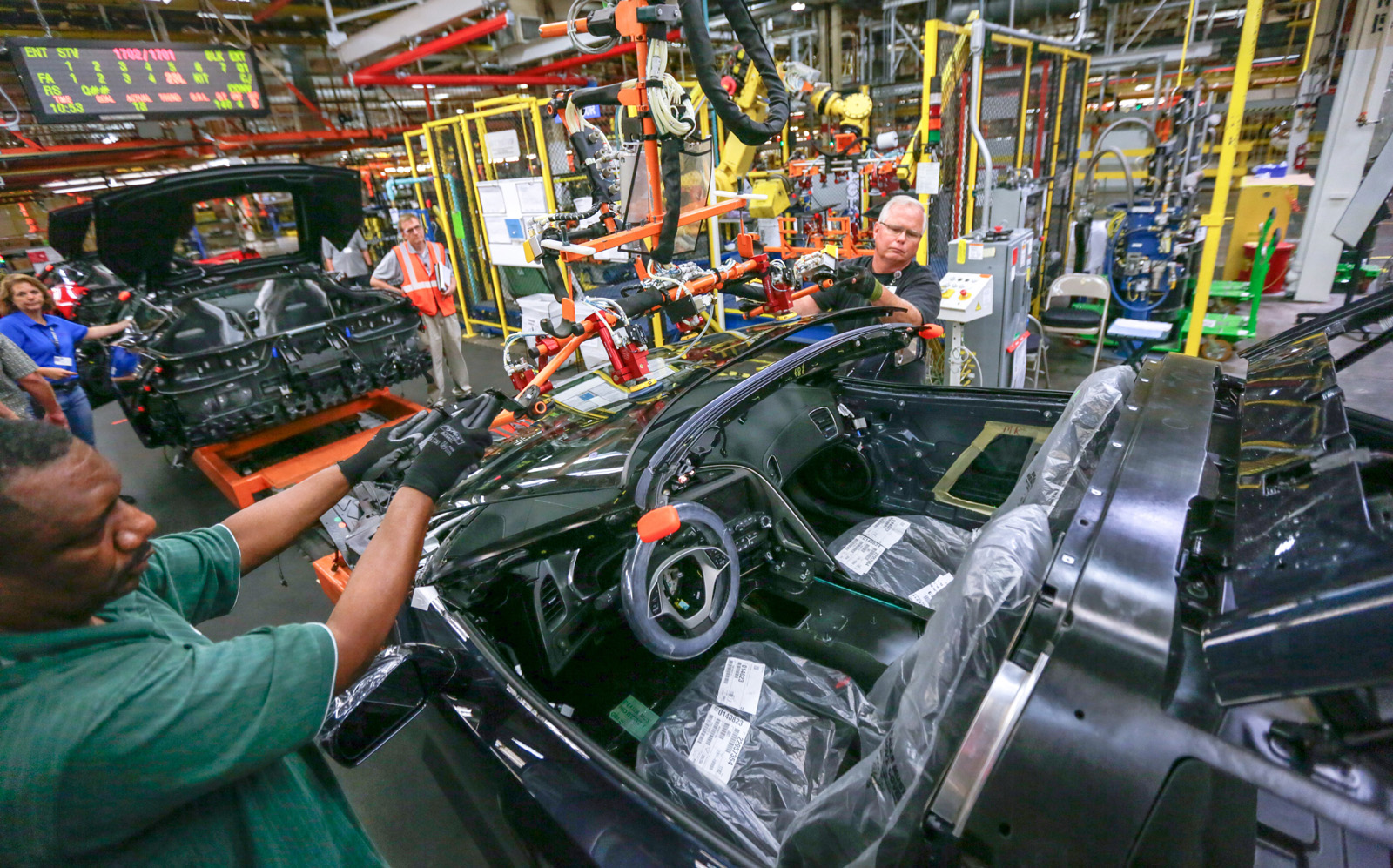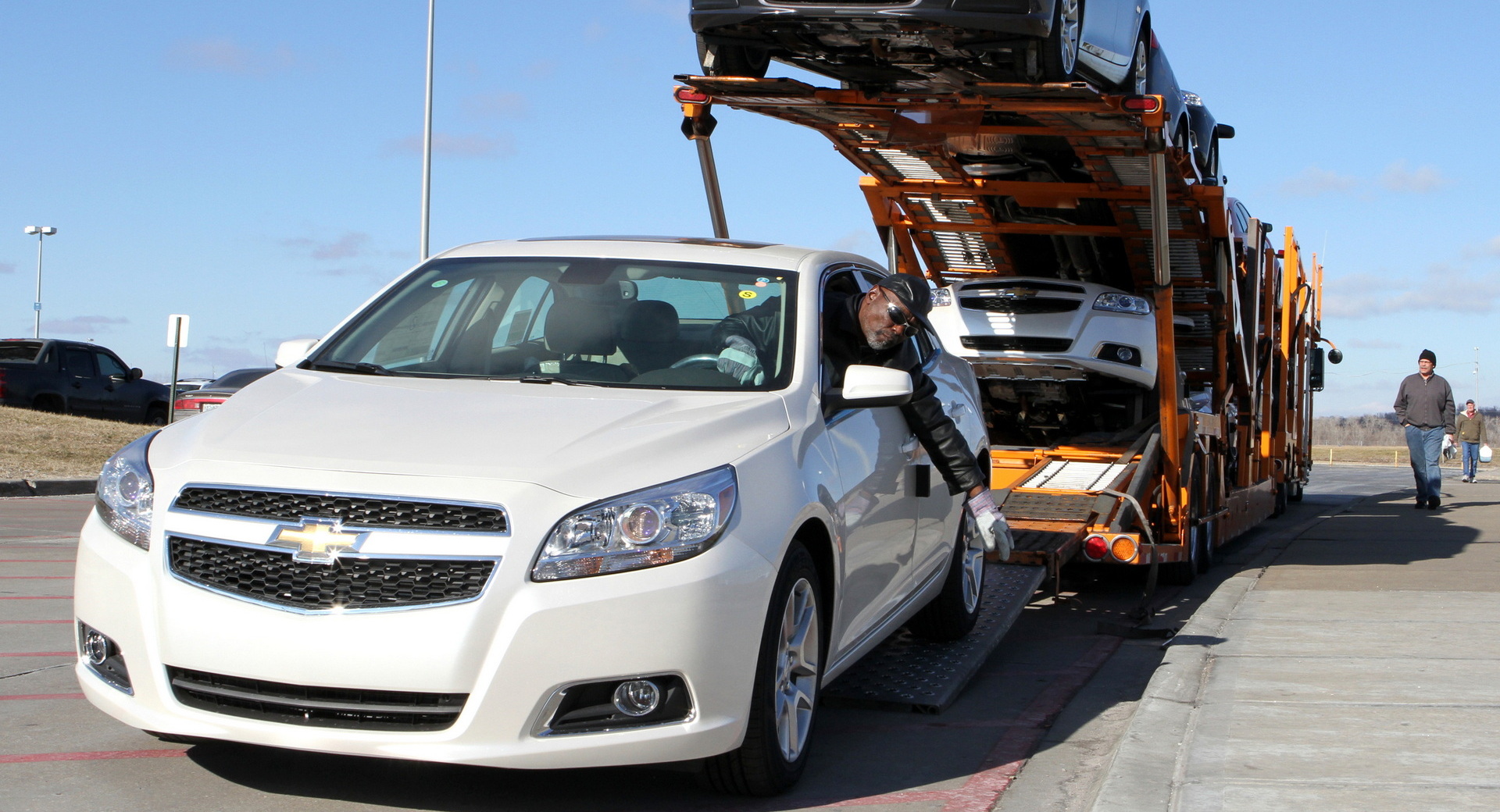It would appear that during a tumultuous period for car production, US automakers may begin to focus on lower volume, premium-priced cars over cheaper alternatives.
A report by Reuters details an investor call from GM CEO Mary Barra, who stated that the company can deliver better results without stockpiling vehicles or padding sales volumes with low-priced, low-margin models.
US automakers have often opted to keep up production of higher-volume, lower-margin cars, appealing to a broad cross-section of buyers. As Jalopnik points out, the concept of Alfred Sloan, GM’s president and chairman in the 1920s until the late 1950s, was “a car for every purse and purpose.” But after a challenging period during the pandemic and the difficulty faced in sourcing semiconductors for production, by prioritizing sales of higher-margin cars, GM has been able to post solid profits for the first quarter.
“We’ll never go back to that level of inventories that we held pre-pandemic because we’ve learned we can be much more efficient,” said Barra. Similar statements have been made by other automakers as well, including Stellantis and Ford.
See: Production Of GM’s Second Best-Selling U.S. Model To Idle For Two Whole Months
During the chip shortage, General Motors has shifted supply and supported the production of higher-margin cars while temporarily halting production of high-volume but less expensive models. The General recently announced that they would idle production of their second-best selling US model, the Chevrolet Equinox. They have also curtailed the output of the Cadillac XT4 and Chevy Malibu.
Attaining greater profitability by way of reducing stockpiling, shunning volume sellers and focusing on models with fatter margins isn’t a new concept to Detroit’s Big Three. However, it wasn’t widely implemented due to pressure to keep factories open and chase sales numbers. But thanks to external pressure from the lack of supply, automakers have been forced to go down this route. The boost in profitability and share value will, no doubt, be hard to unsee.
It’s not all good news for GM, though. Barra went on to say the semiconductor situation is likely to worsen before it gets better, and both Ford and Stellantis predicted that supply delays will likely continue into 2022. GM also forecasts that the chip shortage is likely to see $1.5 billion to $2 billion lost from this year’s profit.










